No Better Alien Comic than the Original
By Dan Brown
There have been many comics based on the Alien film franchise, but there is none better than the original Alien: The Illustrated Story.
Gorgeously and creepily drawn by legendary artist Walt Simonson and written by steady hand Archie Goodwin, no less an authority than Frank Miller said “it might just be the only successful movie adaptation ever done in comics.”
Originally published by Heavy Metal, the book was re-issued by Titan Books in 2012 and is worth hunting down in the runup to the release of the latest chapter in the franchise, Alien: Romulus, landing in theatres on August 16.
The Illustrated Story adapts the 1979 Ridley Scott film. I was 11 years old when that movie was released, so I couldn’t see it in theatres. This comic was one of the ways – along with the novelization and fan magazines – I came to understand what the fuss was about.
Keep in mind, at the time there were stories of people going to see Alien and throwing up in the theatre because of the unsettling gore. Older kids told me Alien gave them weird dreams.
Unlike other film adaptations, such as Marvel’s ongoing Star Wars title, Simonson was not legally prevented from drawing the characters as they looked on screen. So that level of detail adds to the comic’s impact.
In addition, it was clear Simsonson and Goodwin had actually seen a cut of Alien before they attempted their adaptation.
But the highest compliment I can pay the creative team is how they took what worked from the movie and translated it into terms that worked for a comic.
For example, in the scene where the Nostromo crew cut into the face-hugger in the sick bay, Simonson uses a long, vertical panel to show how the creature’s acid blood drips through the different levels of the doomed vessel.
Simsonon’s rough lines were also perfect for capturing the gritty feeling of Scott’s motion picture. When the adult extraterrestrial finally appears, it towers over the individual crew members as it attacks – a licence taken with the visuals from the film, where it appears only in glimpses until the end of the story.
There’s also judicious use of splash pages, like the full-page panel that shows the chest-burster violently emerging from Kane’s body. It gets the point across: There was blood everywhere.
Even better, in select panels Simsonon frames them with the same blend of organic and mechanical elements that Scott used to create such a creepy atmosphere on the big screen.
You may be wondering, since the creators involved were both veteran Marvel hands, why was this book published by the adult Heavy Metal? After all, in the 1970s Marvel wasn’t shy about using the latest fad to boost the company’s sales. Why not try to jump on the Alien bandwagon?
I’m guessing Stan Lee and company were afraid to come out with a comic that was so bloody and had adult language. In 1999 I interviewed Harry Dean Stanton, the actor who played Brett, and he told me Scott wanted his actors to sound like “space truckers,” not noble PG Jedi Knights with their “outer-space attitude.”
For diehard Alien fans, there’s also a moment near the end of The Illustrated Story I have not seen discussed anywhere in supplementary books or commentary tracks.
As Ripley runs toward the lifeboat, she encounters the xenomorph sitting in a hallway. It has wrapped itself up into its own body, kind of like how a cat sleeps in a ball, except it’s almost a perfect cube. Ripley watches in horror as it slowly unfolds into its regular form.
Was this a scene from an earlier cut of the movie Simonson and Goodwin got to see? I have never seen it addressed anywhere else in Alien lore (although there is a deleted scene of Dallas and Brett suspended in an Alien cocoon begging Ripley to mercy-kill them, which she does with her flamethrower).
Even though it’s set in the future, to read this adaptation is also to be transported into the past, specifically the 1970s.
Diehard Alien fans will know that in the original film, the crew’s employer is only referred to as “the company.” This was later modified in sequels to be the Weyland-Yutani Corporation. But by having it as an unnamed entity, the film plays on the anti-corporate sentiment that was in the air back then in many 1970s paranoid thrillers.
Alien did the unlikely. It took a cliched plot – hapless spaceship crew must respond to distress signal, then is slowly picked off by star beast that is actually a guy in a rubber suit, with audience never knowing who the next victim will be – and created something fresh out of those hackneyed elements.
Alien: The Illustrated Story is also an unlikely success by virtue of being the comic version of a landmark film that is not only a faithful adaptation, but worth reading for its own sake as well.
Oh, and for the record, it appears Marvel may have learned its lesson: There will be Alien: Romulus prequel one-shot coming out October 24 that depicts the events that set the plot of the new sequel in motion.
Dan Brown has covered pop culture for more than 31 years as a journalist and also moderates L.A. Mood’s monthly graphic-novel group.


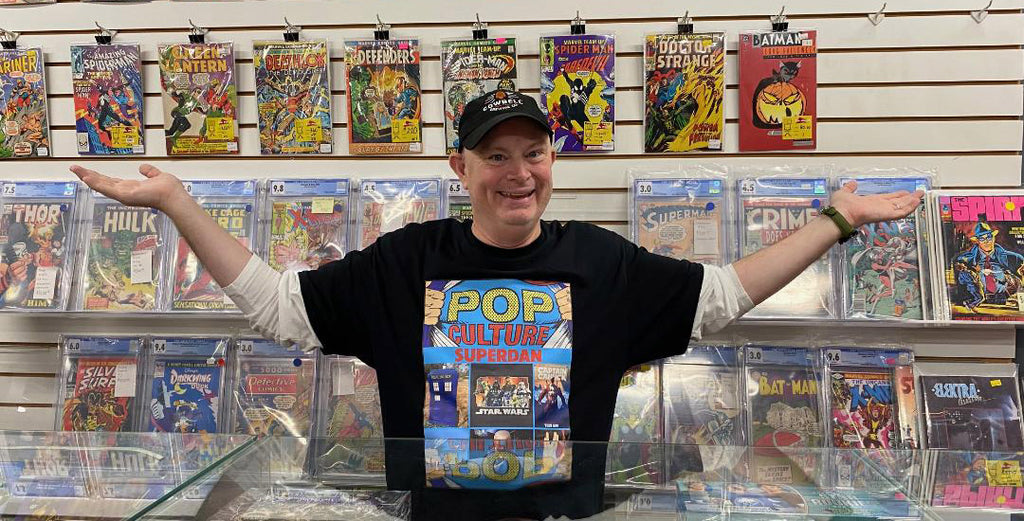
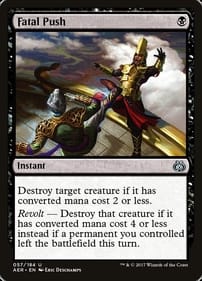
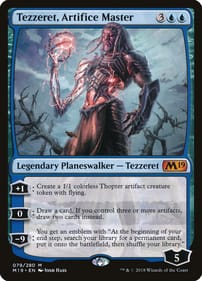
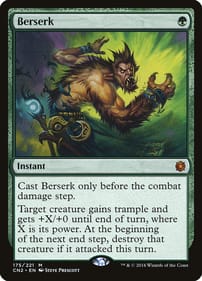
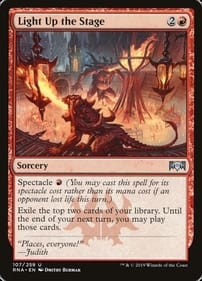
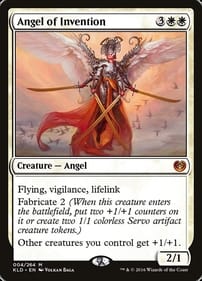
Leave a comment